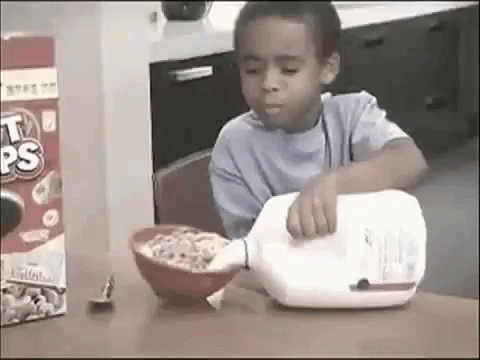Join me in a conversation with Mark Doyle from The Method, where we discuss the the challenges and opportunities of patent centricity in healthcare.
“
IS IT OK TO BE PATIENT OBSESSED? – SUPPORTING PHARMA TO IGNITE AND DRIVE THEIR PATIENT CENTRICITY STRATEGIES
See the article from The Method website DECEMBER 16, 2021 BY CLAIRE
“WE ALL KNOW THAT PUTTING PATIENTS AT THE HEART OF CARE WILL ULTIMATELY LEAD TO BETTER OUTCOMES. BUT WE ALSO KNOW THAT BECOMING TRULY PATIENT-CENTRIC IS NOT ALWAYS EASY.
THE PROBLEM WITH PATIENT CENTRICITY
Mark Doyle, creator of A Life in a Day, hosted a lively and interactive Zoom webinar with Susan Hendrich, Learning Director for Respiratory, Immunology and Infectious Disease at AstraZeneca, about the problem of patient centricity.
Mark and Susan spoke about the barriers to achieving patient-centric working within the pharma industry. From the danger of sacrificing the patient voice for commercial goals and making it meaningful for each and every person within the sector to the difficulty of measuring patient-centric impact.
As one of our clients, Susan is understandably passionate about putting patients at the centre of everything she does, and shares real insight into what patient centricity means to her and how she approaches it in her work.
A major highlight of the session was Mark’s provocation that the term ‘patient centricity’ may in itself be a barrier to achieving it. He posed the radical question of whether, to achieve real patient centricity, we need to find a new term that inspires and motivates change. Acknowledging that the term is contentious and provocative by design, Mark suggested that perhaps we could achieve the goal of patient centricity if we replace it with ‘patient obsessed’. It certainly led to some interesting and thought-provoking conversation!
WHY WE SHOULD BECOME ‘PATIENT OBSESSED’ INSTEAD OF PATIENT-CENTRIC
During the webinar, Mark presented his concerns about the term ‘patient centricity’. With no universal definition, it can be difficult to associate patient centricity with your own work and risks becoming nothing more than a tick box exercise.
“If everybody was truly obsessed with the patient and helping [the] patient, it has the potential to do what patient centricity says it will do, which is to radically alter the treatments, the clinical trials, the way research is conducted, the way it’s communicated to patients, the way hcps interact with patients. I believe it could radically alter and ultimately improve the lives of patients, which is what patient centricity is supposed to do….I just feel like maybe we need to push it a bit further and reignite the benefit and enthusiasm of it.”Mark Doyle
Susan agreed with the idea of being much more focused on the patient and challenged the audience to look at ways they can push this within their own companies. If a business makes the patient its focus and all activities stems from that, the corporate gains will come.
To unlock the potential of patient centricity the industry must go further. The most successful companies will be those who are able to equally balance patients’ needs with commercial goals and operations, making both a priority.
 When we feel safe to FALL—to have the Freedom to Live and Learn without the fear of humiliation or loss of status, the world is a better place.
When we feel safe to FALL—to have the Freedom to Live and Learn without the fear of humiliation or loss of status, the world is a better place.

